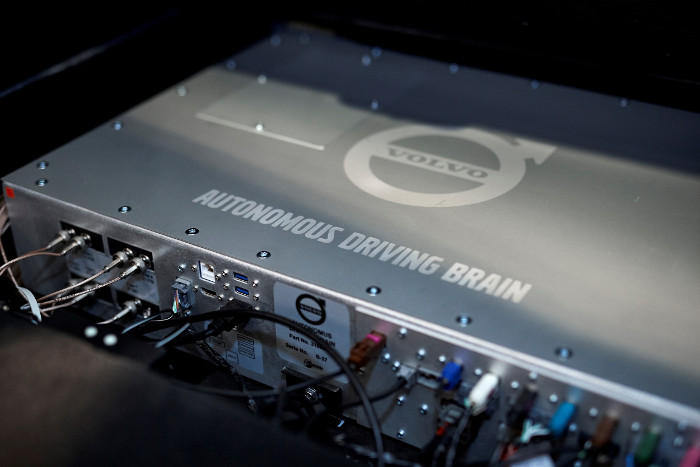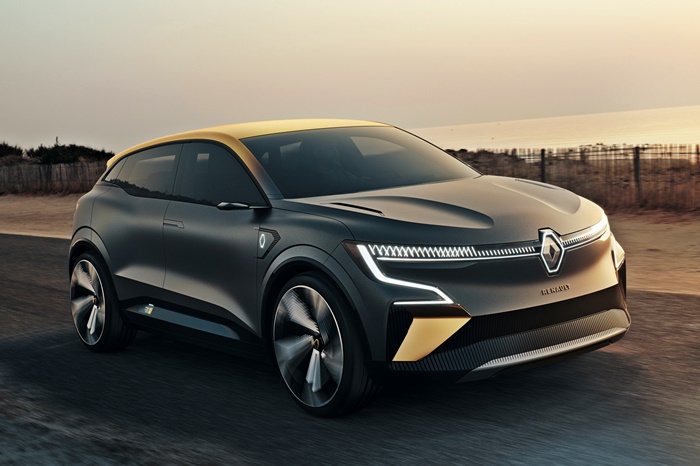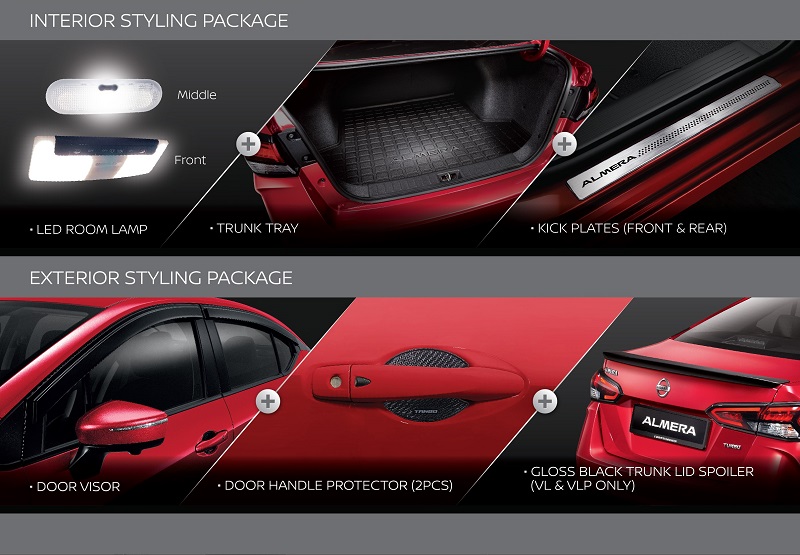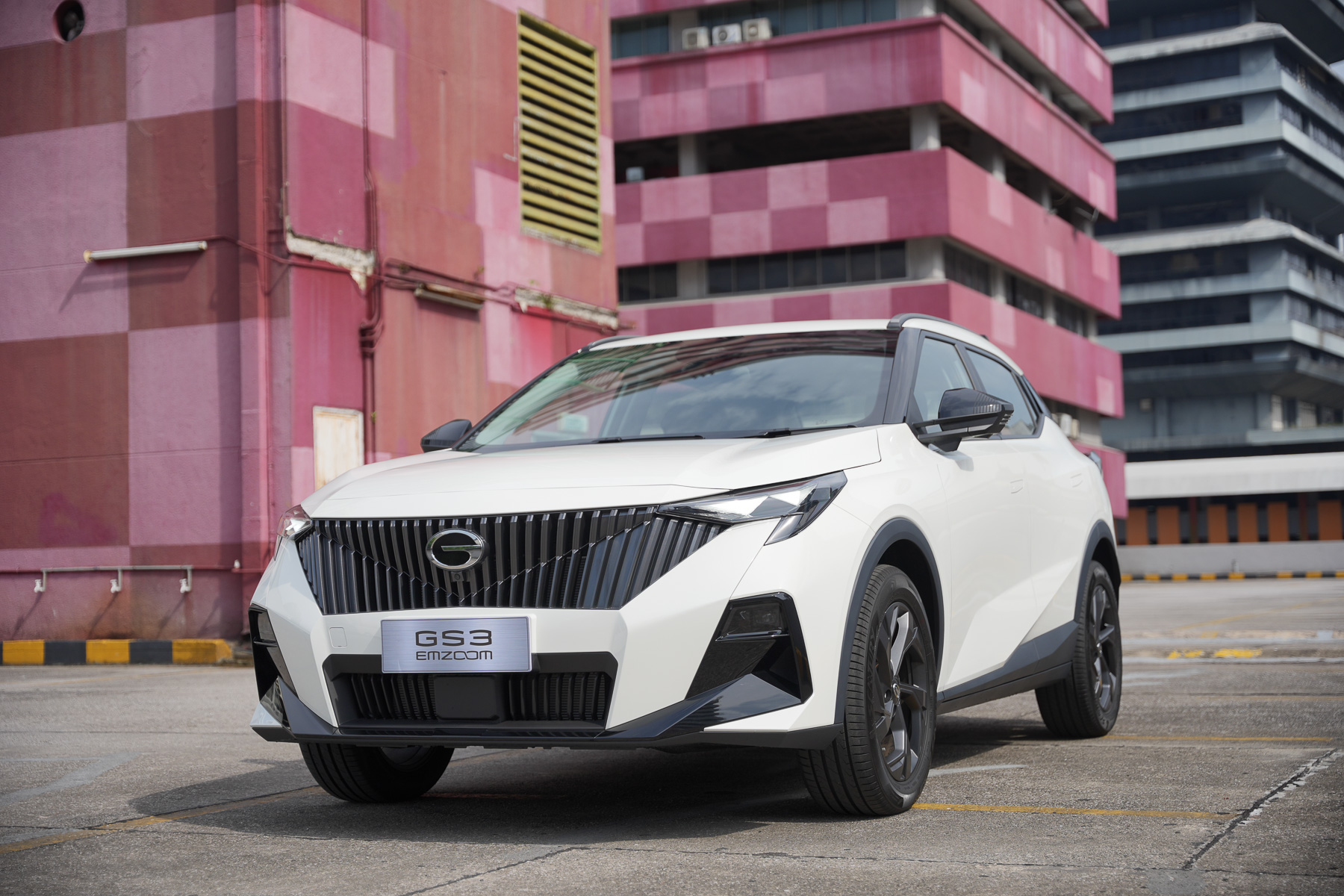Contrary to popular belief, some automakers utilize odd methods to determine paintwork durability. Nissan USA, has a miniature car wash about the size and shape of a popcorn machine that serves an important role at its Technical Centre in Michigan, USA.
As its name suggests, it is equipped with a spinning brush that has vibrant blue bristles, which whisk away at paint samples. For illustration purposes, a red 1:16 scale model of the 370Z is passed through the machine to study the damage that a regular car wash would do to the paint that Nissan uses.
In practice, paint is applied to rectangular plates, which are placed into the miniature car wash and tested multiple times to ensure a top-quality finish that lasts. Nissan’s little contraption is said to mimic the real thing, its brush rotates at 180rpm, causing the bristles to pelt the painted samples repeatedly as water jets spray water.
A special layer, called the ‘Arizona Dirt’ is applied to paint samples to replicate real-world grit, and allow for more practical understanding of the abuse that vehicle paintwork have to endure, especially when it comes time to wash them clean.
Testing methodology differ between manufacturers, but at Nissan, a miniature car wash is what they prefer. In reality, car wash centres may not use the best of tools when cleaning customers’ cars, which is why test such as these are conducted. Rough cloths or bristles can scratch clear coats and abrade paint, so durability is important.









































































